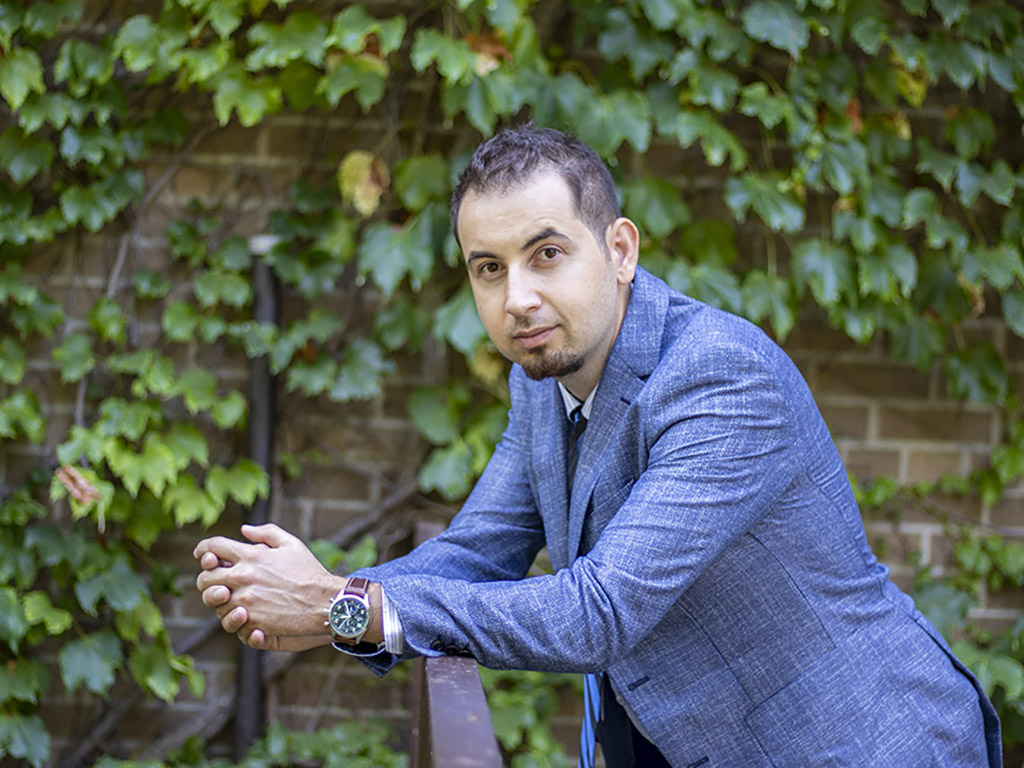Ahmet Emre Karatas explores COVID-19’s effects on Toronto’s ambient air quality in CivicLabTO collaboration
Ahmet Emre Karatas, assistant professor in the Department of Aerospace Engineering, co-leads a CivicLabTO (external link) research project that studies how COVID-19 induced behaviour changes, such as movement restrictions, affect ambient air quality. With a research background in gas turbine combustion and flame emissions, Karatas and his team contribute expert quantitative perspectives and data analysis in collaboration with other project teams.
The “Toronto Ambient Air Quality Impacts from COVID-19” study will help inform the city’s climate action plan #TransformTO Net Zero Strategy (external link) . CivicLabTO is a new research-based partnership between the City of Toronto and eight GTA-based higher-education institutions.

Ahmet Emre Karatas, assistant professor in the Department of Aerospace Engineering
Tell me about your research and what you’re currently working on.
I have a diverse set of interests that are primarily working towards the goal of sustainability. For example, through the Ryerson Propulsion and Clean Energy Research Group, I work with students to reduce internal combustion engine emissions by studying soot formation in flames. We also collaborate with the NRC on a high-profile study to assess the feasibility of hybrid-electric propulsion technology. Recently, related to the pandemic, we collaborated with St. Michael’s Hospital and Ryerson’s School of Fashion to understand the efficacy of fashion masks to contain cough droplets.
Regarding this research project with the City of Toronto, how did you get involved, and what is your contribution?
I mostly help with the quantitative aspects, such as data reduction and analysis. My expertise in flame emissions also helps our team make connections between our survey and the air quality measurements performed by the University of Toronto team contributing to the project.
What unique skills or perspectives can academic researchers bring to realize the City of Toronto’s objectives in this project?
These types of collaborations are a benefit to all parties. The City typically has a short-term horizon and needs immediate results they can implement into policy. However, most research topics are multifaceted and complex, including air quality or climate change. By collaborating with academia, the City benefits from our years of accumulated knowledge base, our established infrastructure, as well as our proximity to talent.
Research is done via Highly Qualified Personnel (HQP) in our research groups. These HQP will become a part of the skilled workforce and the City’s next generation of leaders. For me, working with the City is a way to give back to the community. Additionally, these projects are often highly visible, which can be leveraged to support our long-term research goals.
For our students, the benefits are several: they learn about the inner workings of the City, which can be their future employer; they learn how to operate when there are several stakeholders; these projects are often a part of a larger program so students get perspective on how research can be applied.